
LOFOTEN ISLANDS
Nestled above the Arctic Circle, the Lofoten Islands are a stunning archipelago in northern Norway known for their dramatic landscapes, picturesque fishing villages, and unique combination of natural beauty and cultural heritage. With jagged peaks, pristine beaches, vibrant auroras in the winter, and endless daylight in the summer, the Lofoten Islands offer a truly magical destination for those seeking adventure, tranquility, and the wild beauty of the Arctic.
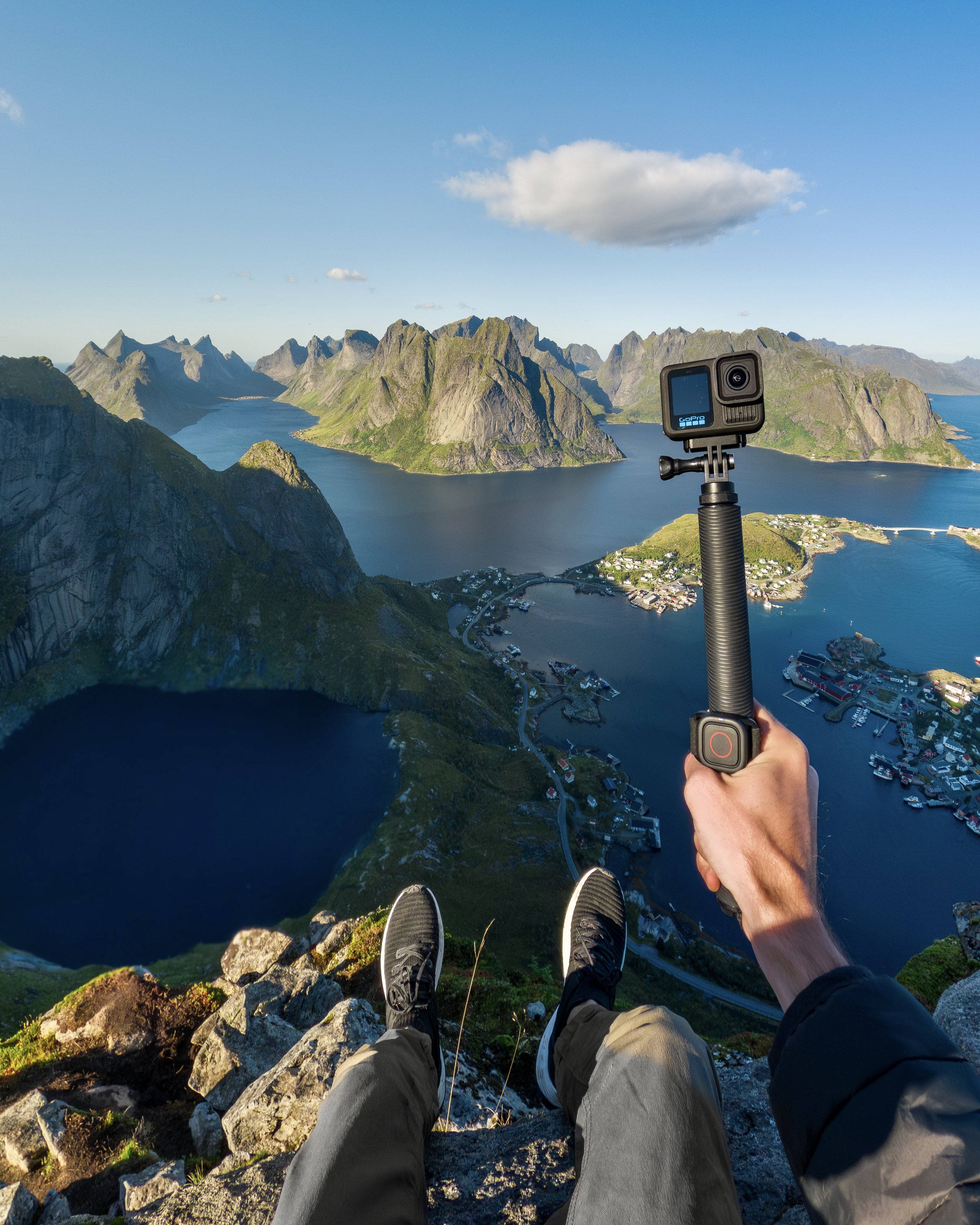
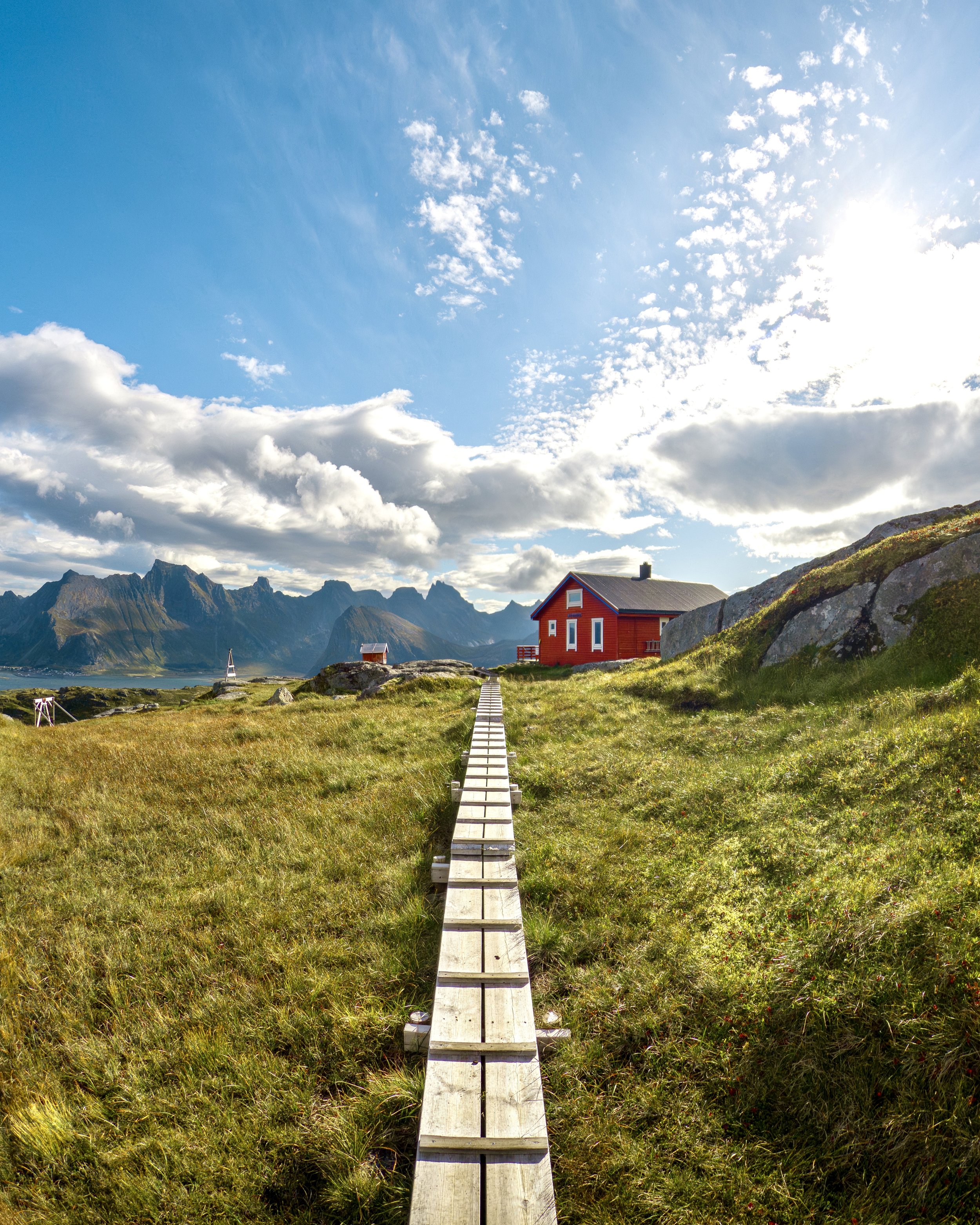
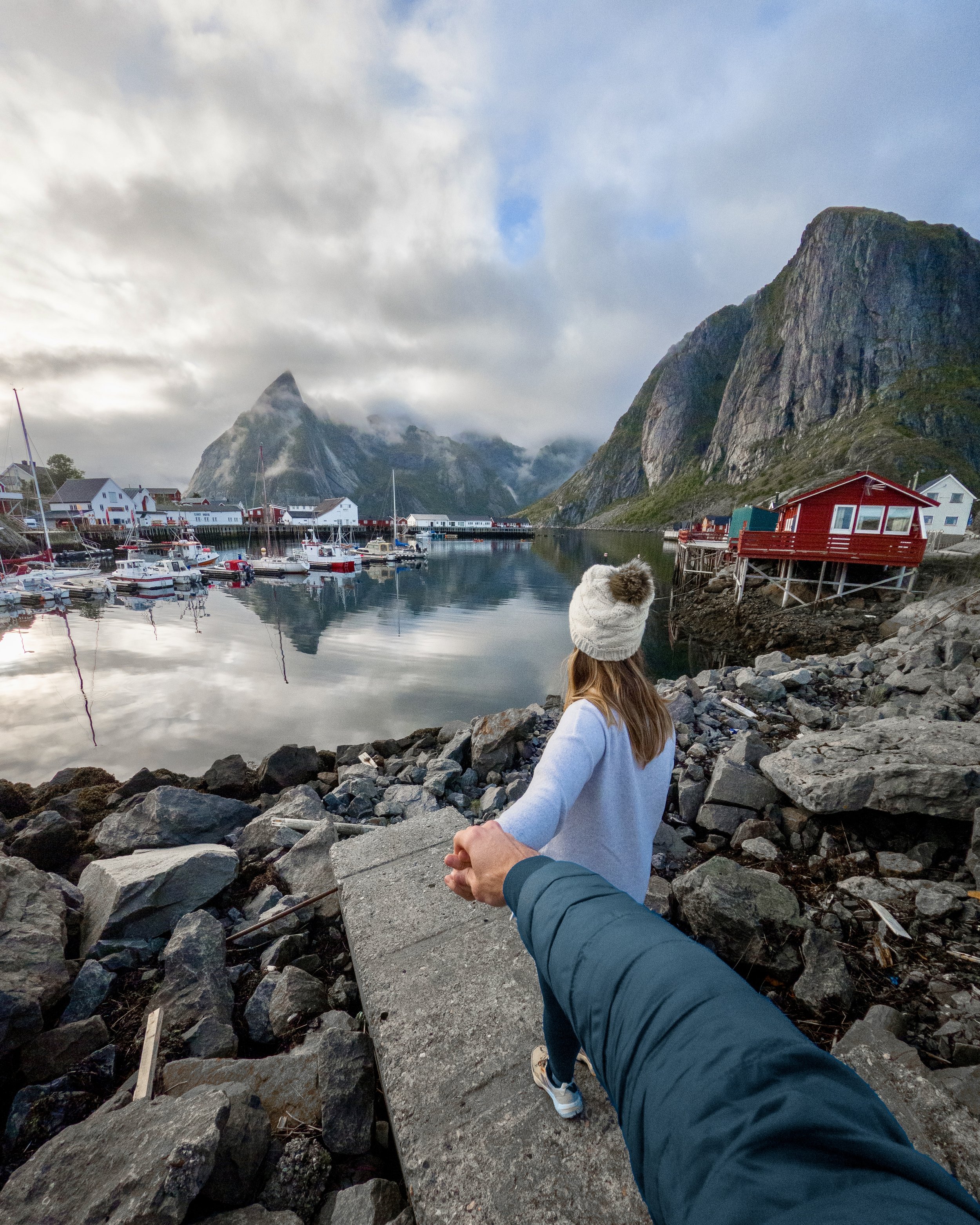
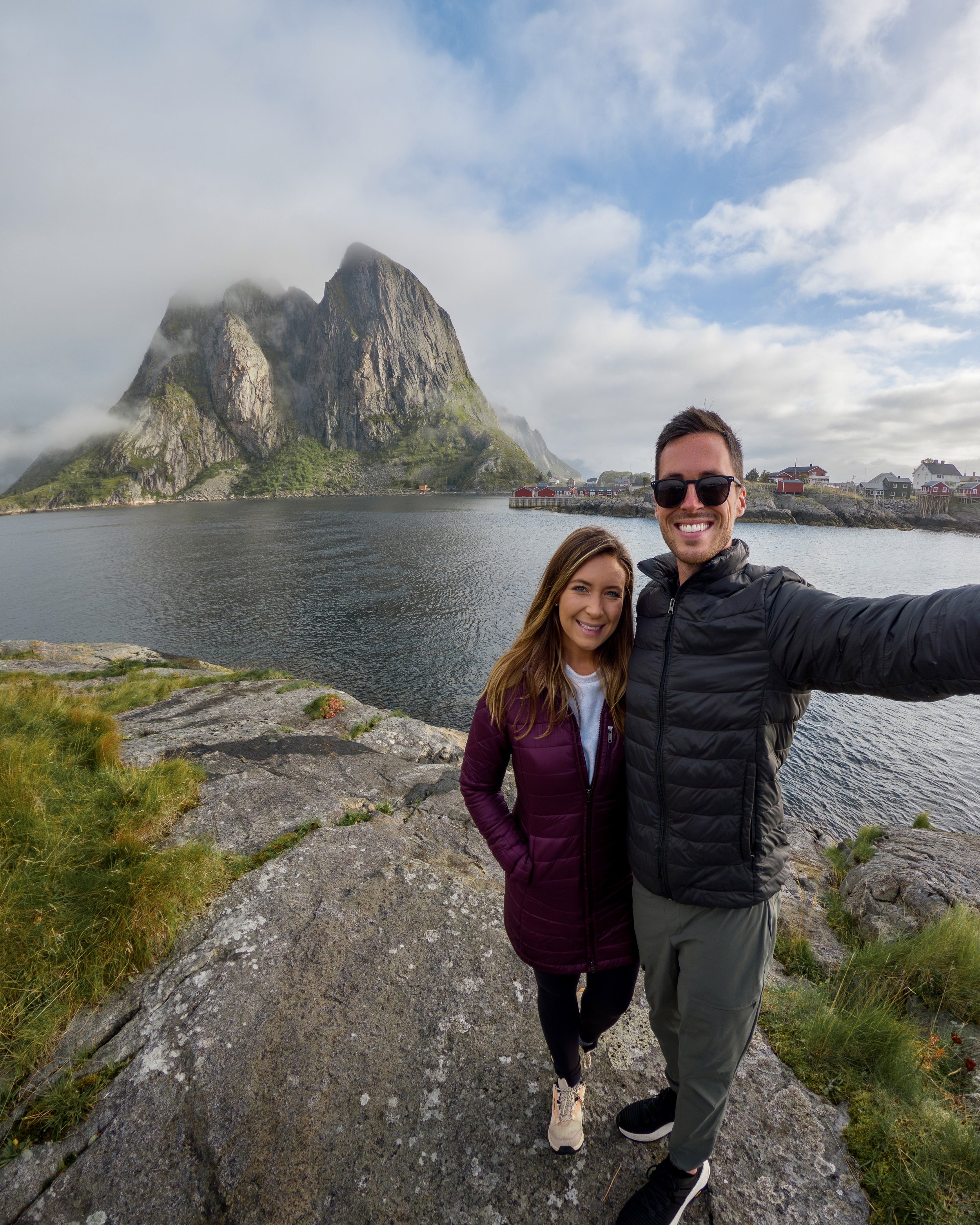

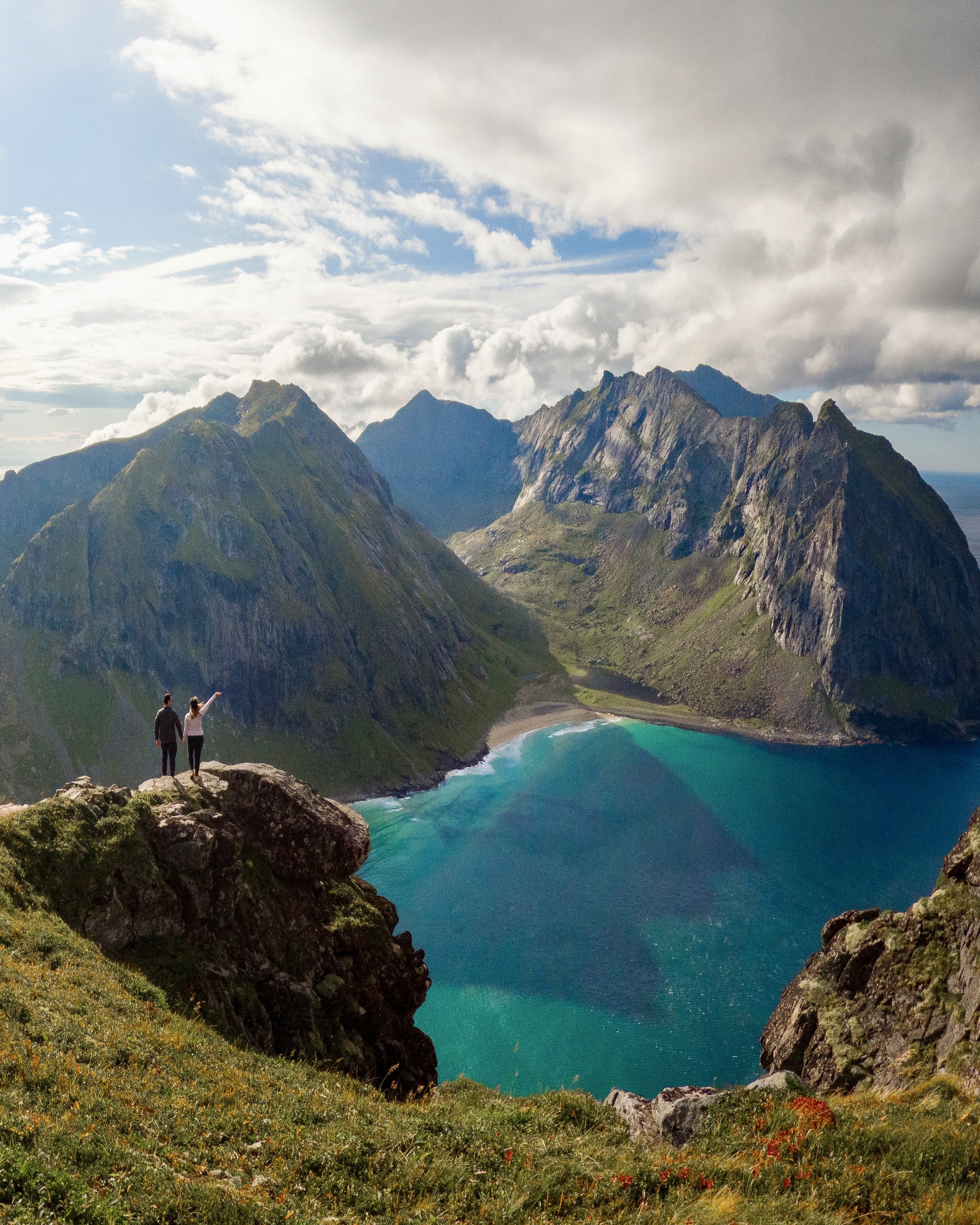
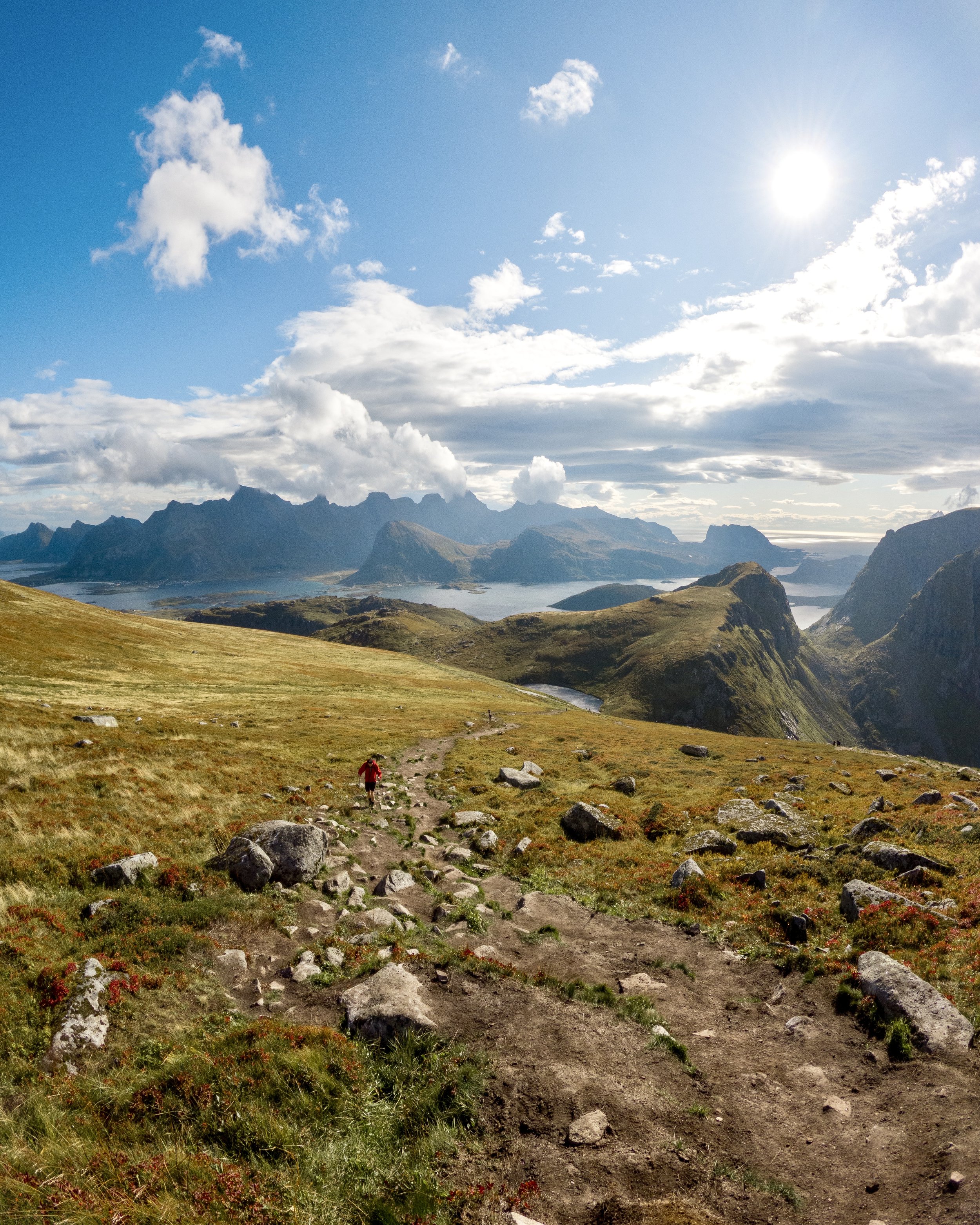
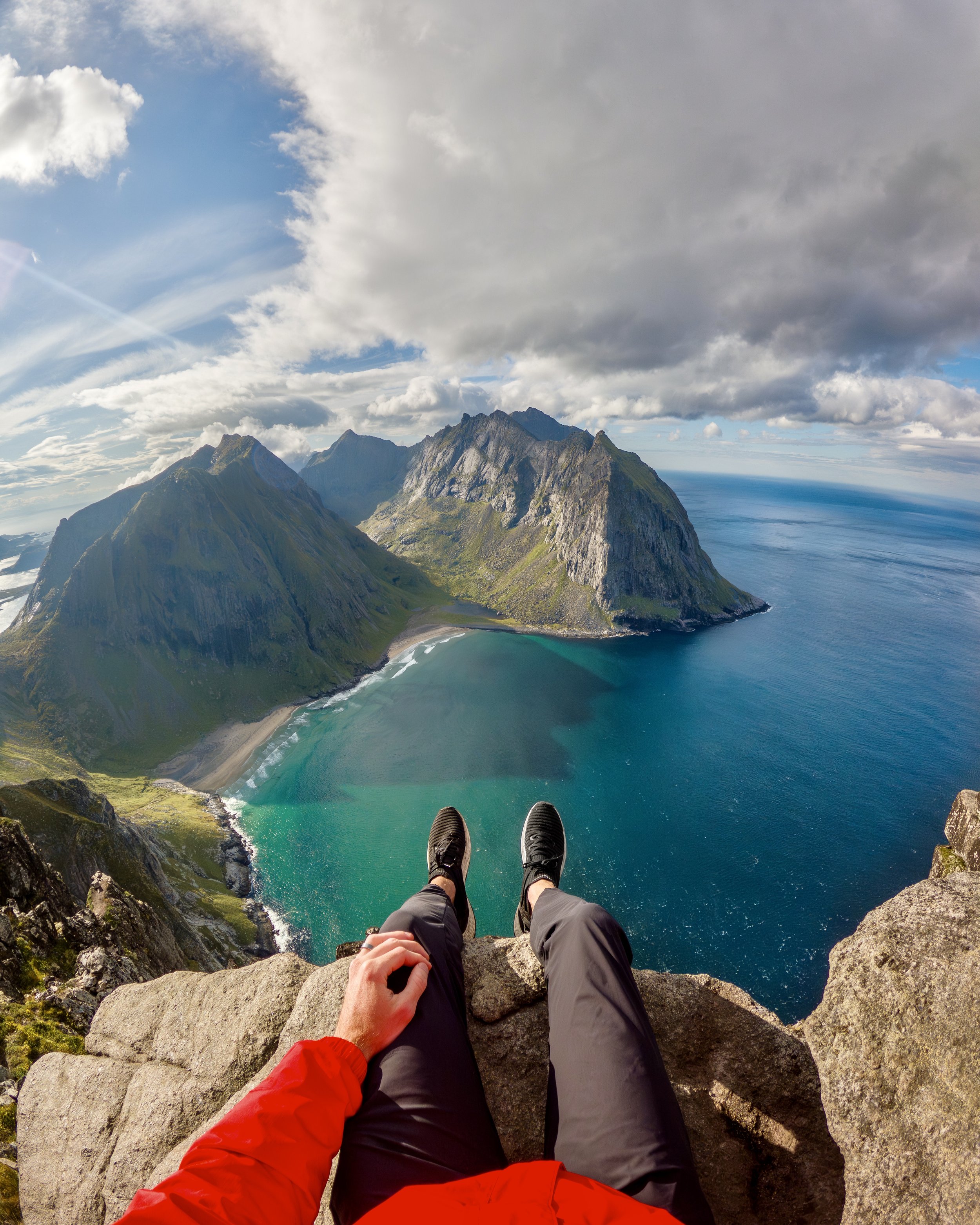

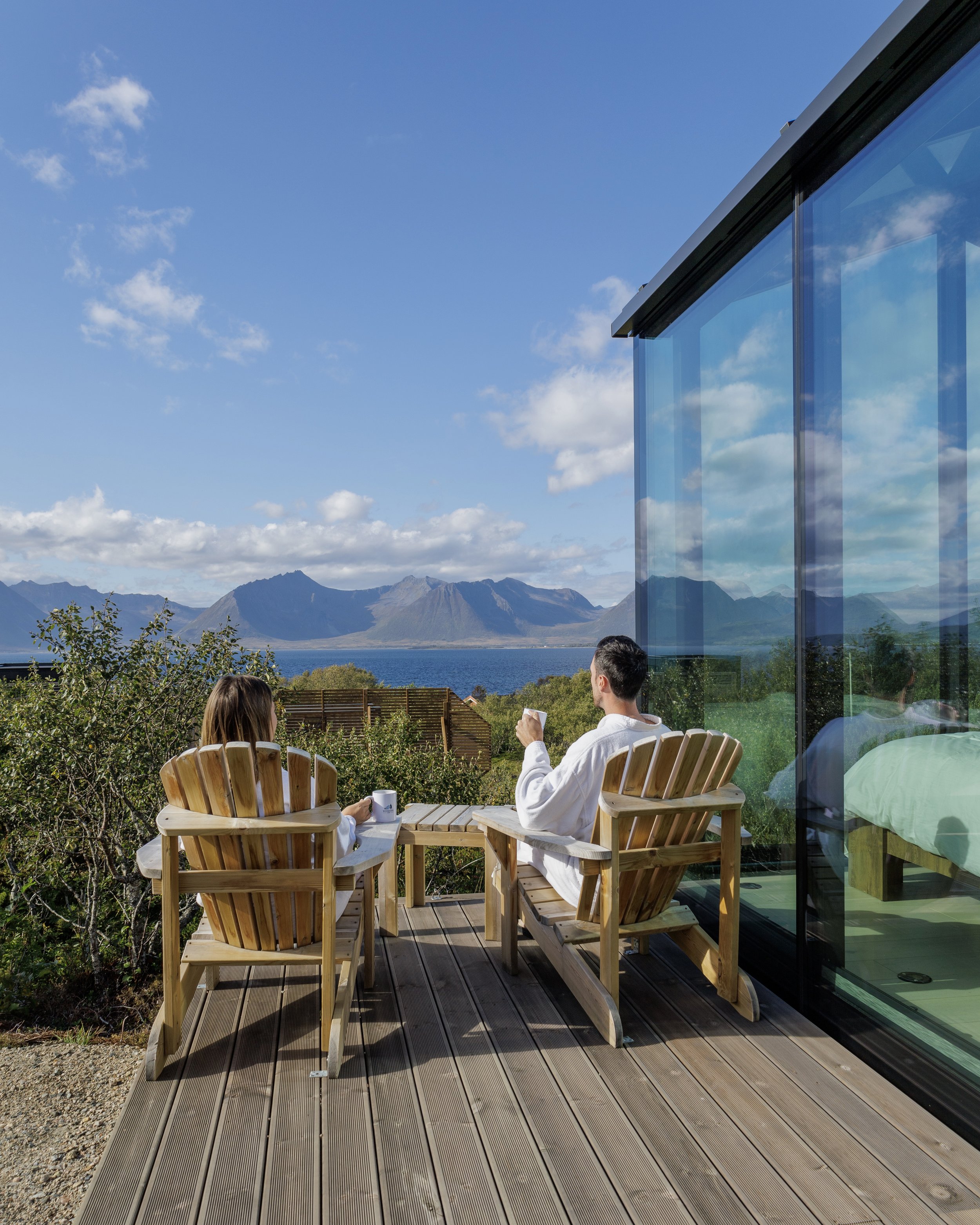
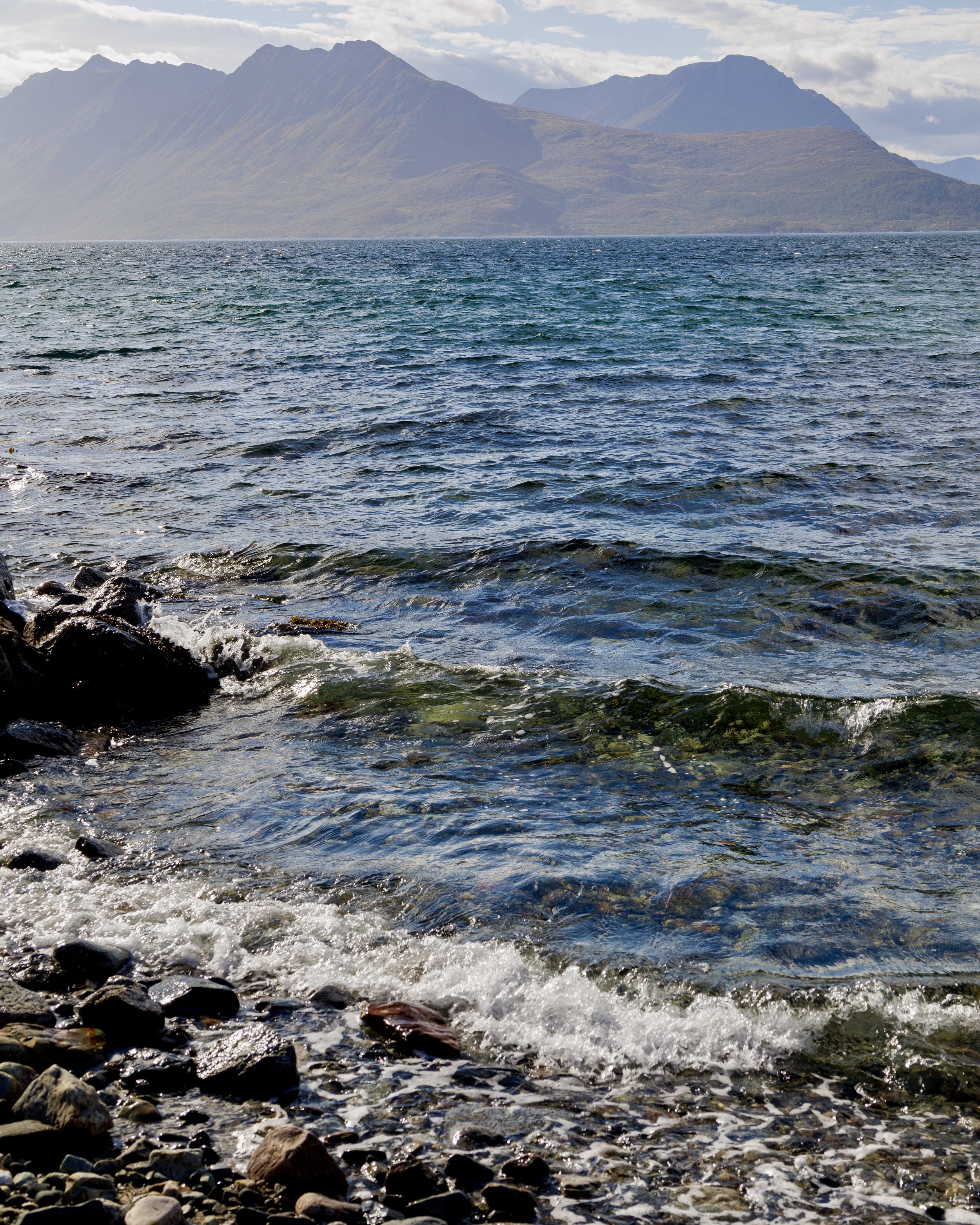
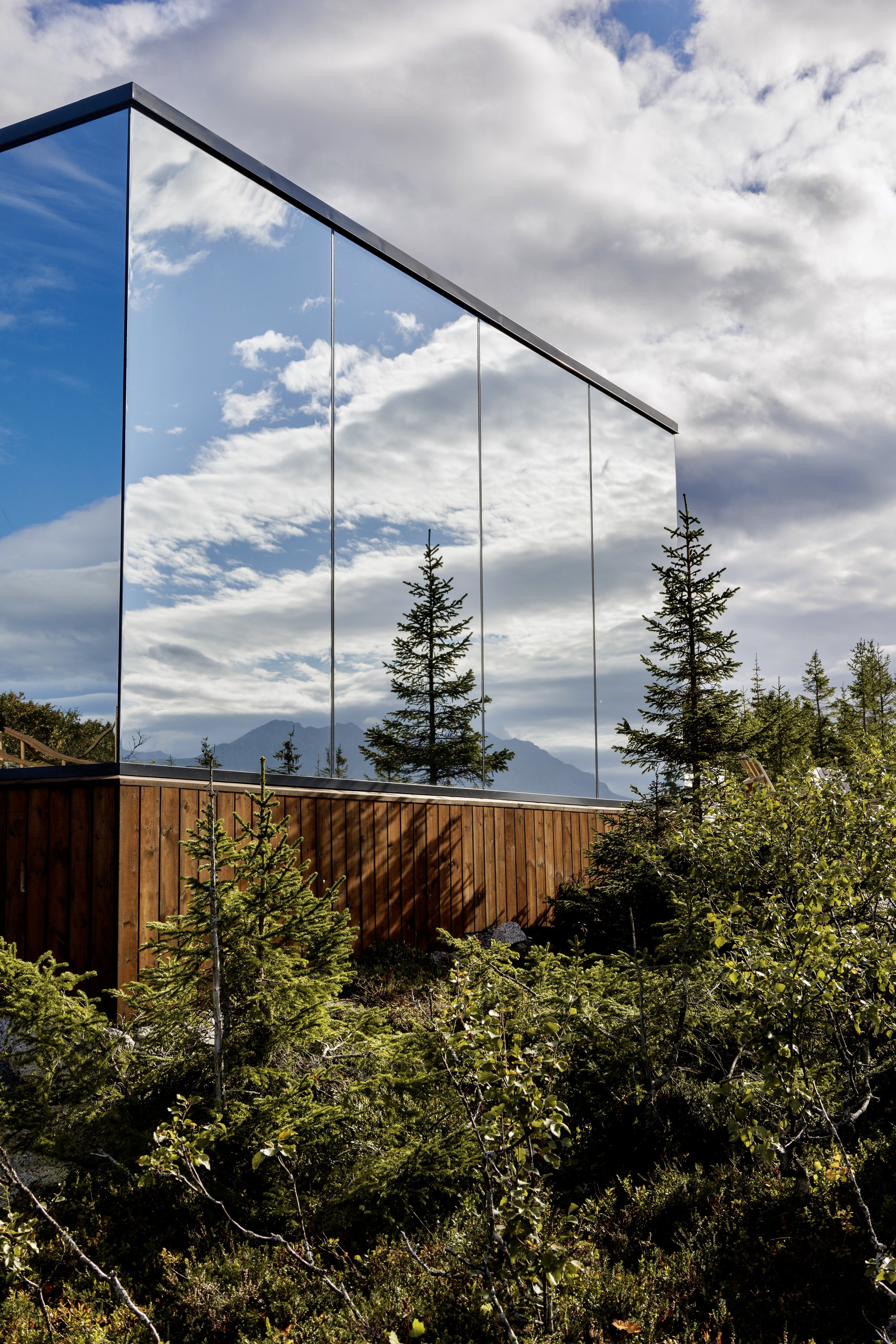




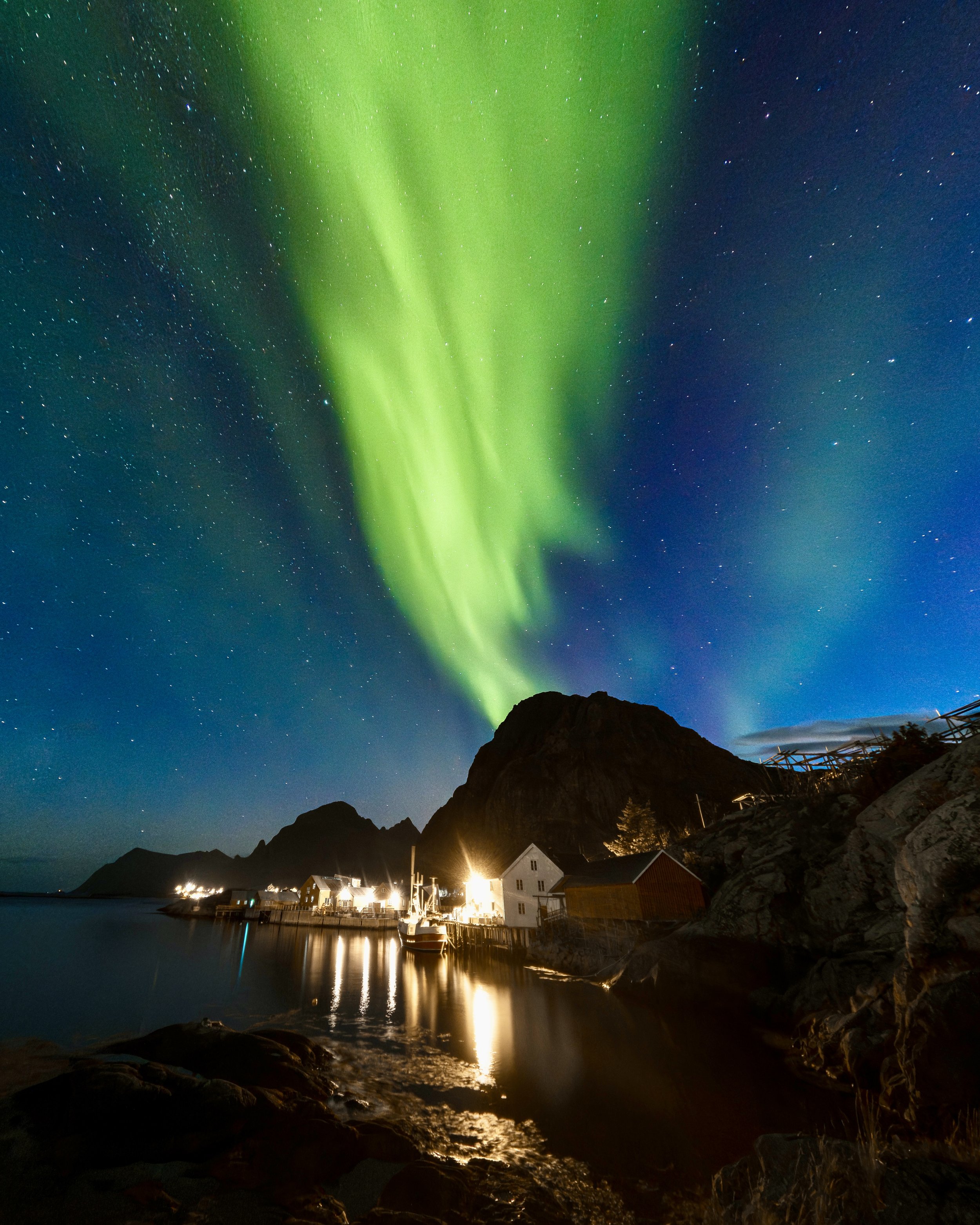
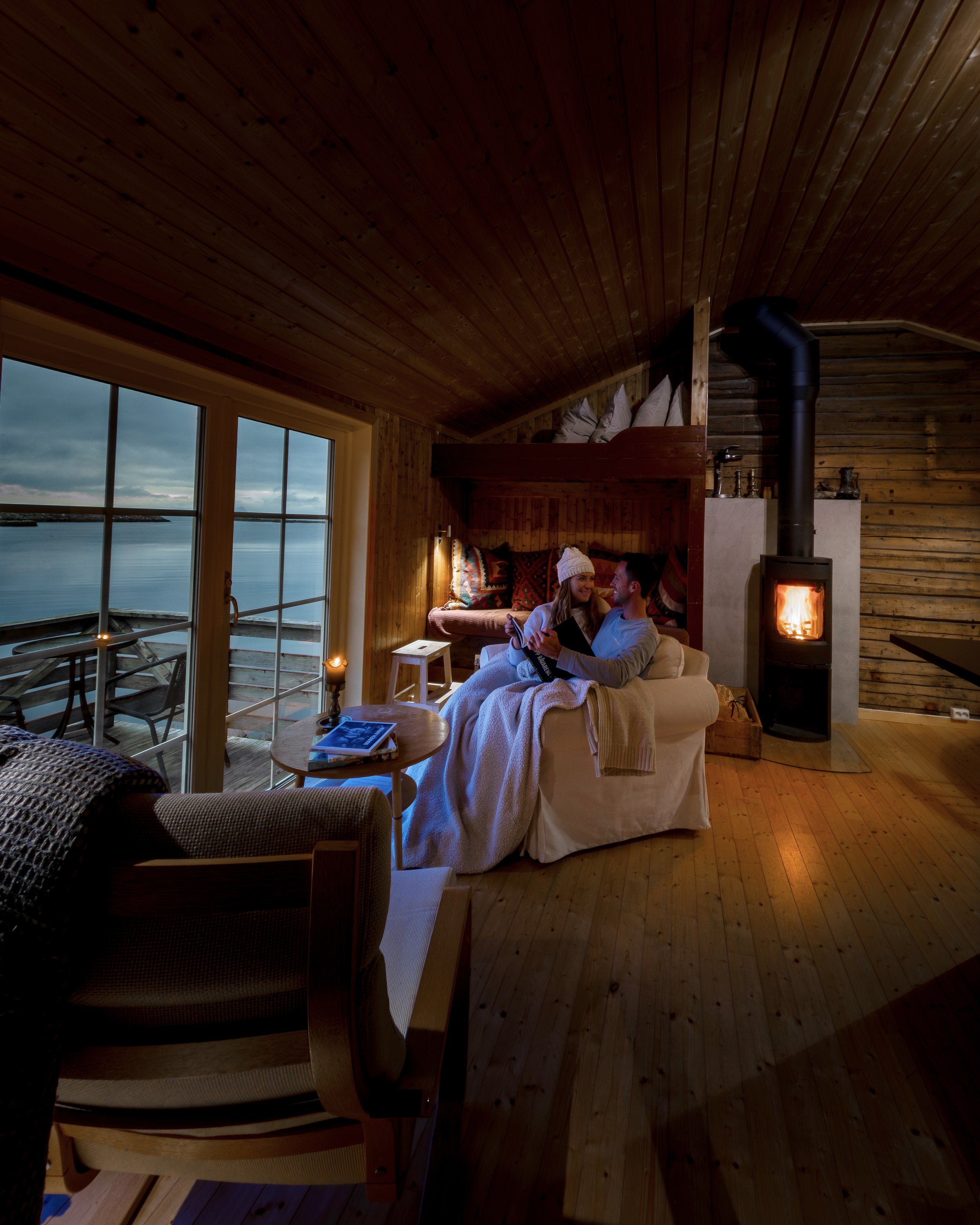
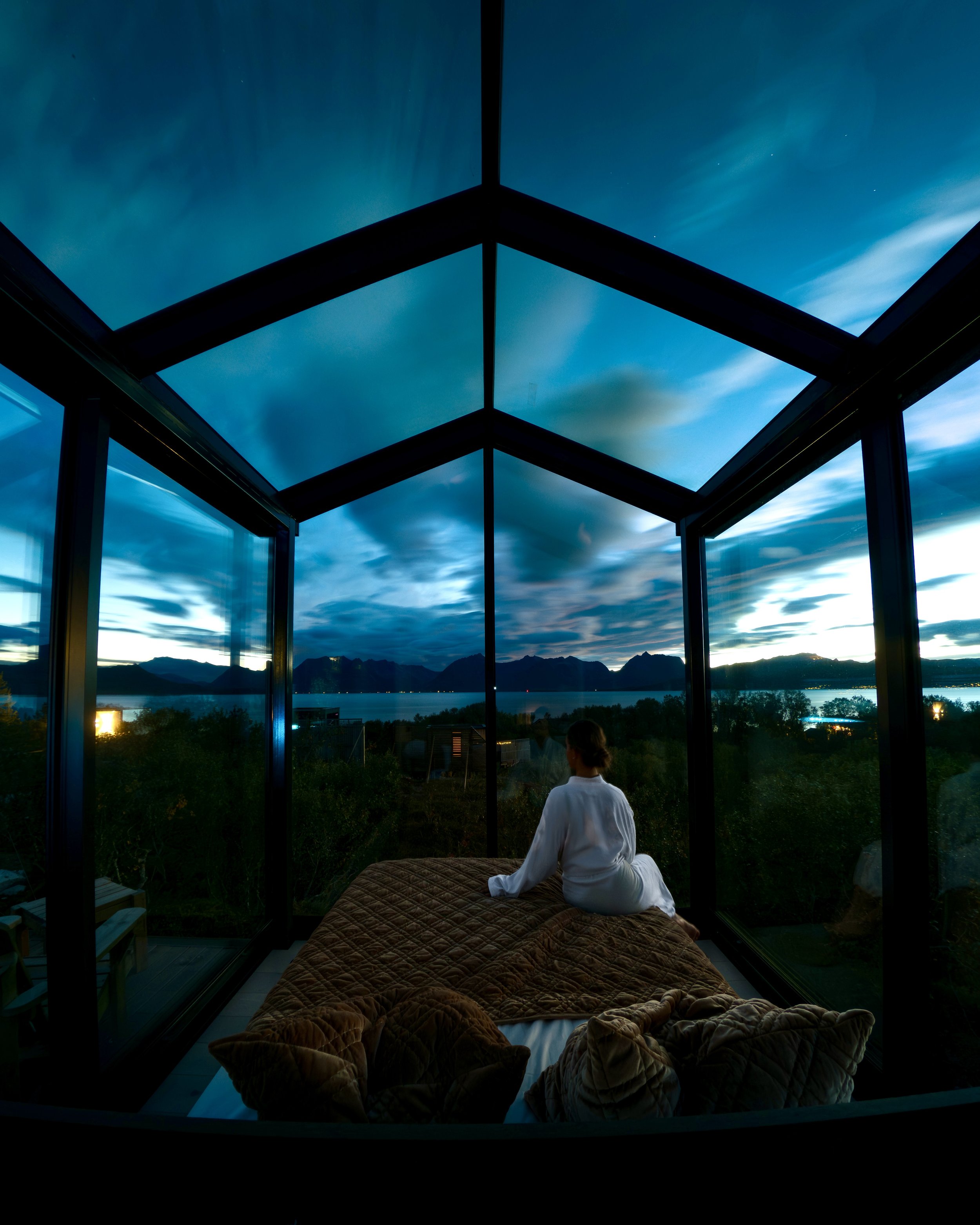
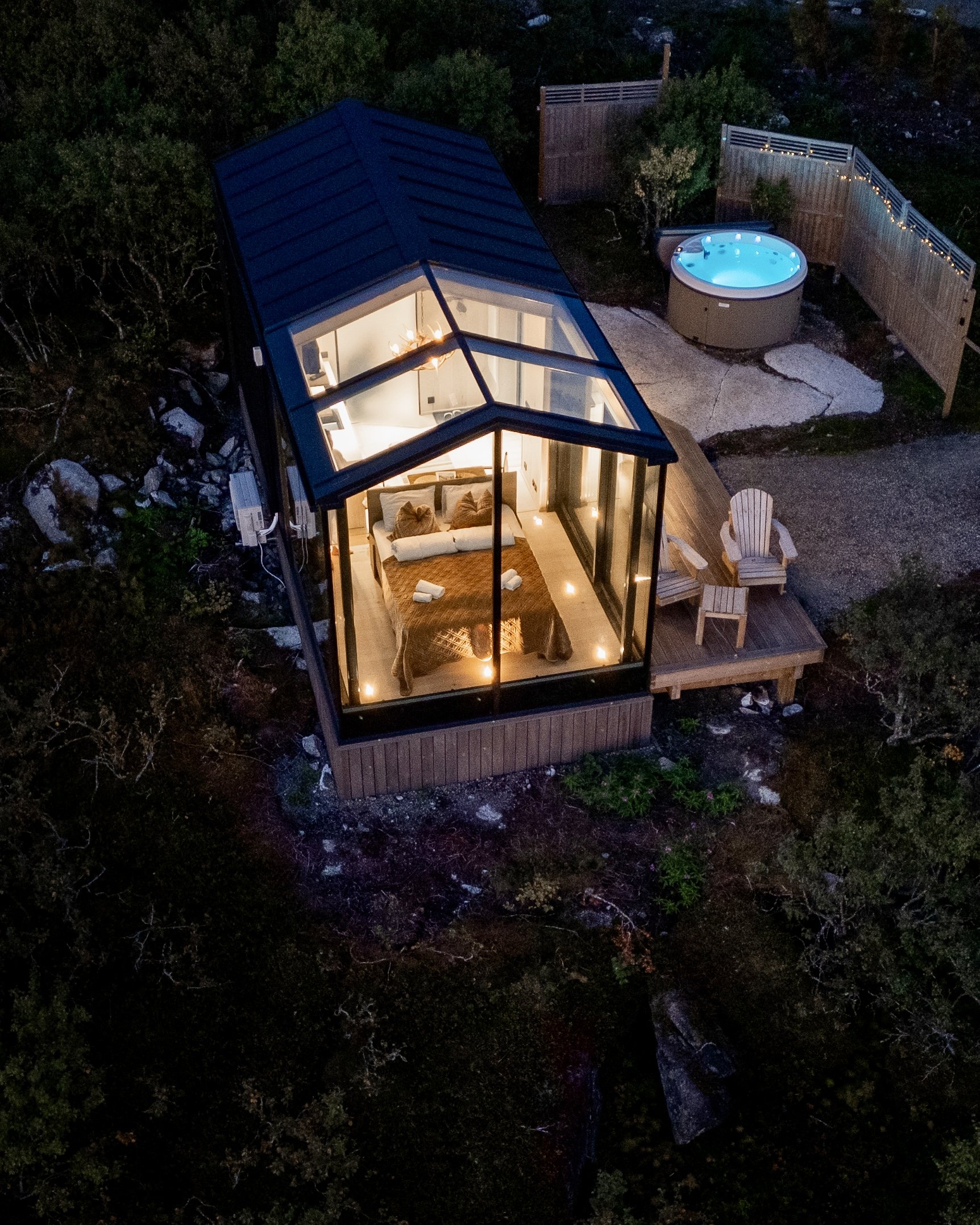
Reine: The Picture-Perfect Fishing Village
Reine, often called one of the most beautiful villages in the world, is an iconic destination in the Lofoten Islands. Situated at the foot of towering mountains and surrounded by crystal-clear waters, it’s an ideal place to soak in the beauty of the archipelago.
Reinebringen: For panoramic views of Reine and the surrounding islands, hike up the steep Reinebringen mountain. The views from the top are nothing short of spectacular.
Lofoten Seafood Experience: Reine is a great place to try fresh, locally caught seafood, especially the famous Lofoten cod, known for its rich flavor.
Spend time wandering through the charming village with its red rorbuer (traditional fishermen’s cabins), shops, and cafés that offer an authentic feel of Arctic life.
Reine is perfect for photography, hiking, and experiencing the rustic beauty of Lofoten.
Henningsvær: The Venice of the North
Henningsvær is another picturesque village that is often referred to as the "Venice of the North." Located on a small island connected by bridges, this village offers stunning views, charming streets, and an artsy atmosphere.
Stroll through the Harbourfront, with its galleries and local shops, and enjoy the vibrant colors of the traditional wooden houses.
Visit the KaviarFactory, an art museum housed in a former caviar factory, for contemporary art exhibitions that reflect the culture and history of the region.
Take a short hike up Festvågtind for a breathtaking view of the village, the islands, and the surrounding ocean.
Henningsvær is perfect for those looking to explore a charming, artistic village while taking in the beauty of the surrounding landscape.
Svolvær: Gateway to the Lofoten Islands
As the administrative center of Lofoten, Svolvær is a bustling town that serves as a great base for exploring the islands.
Visit the Lofoten War Memorial Museum to learn about the region’s history during World War II.
For an exciting adventure, take a RIB boat tour or go on a sea safari to see the local wildlife, including sea eagles, orcas, and other marine animals.
The Svolvær Goat: Hike to the summit of this distinctive mountain, which looks like two horns rising from the landscape. From the top, you’ll enjoy panoramic views of Svolvær and the surrounding islands.
Don’t miss the Svolværgeita (the Svolvær Goat), a famous rock formation known for its twin peaks. Experienced climbers often scale the peaks, but even a hike up the base offers incredible views.
Svolvær is perfect for those looking to experience both nature and culture in the heart of Lofoten.
Å (pronounced “Aw”): A Step Back in Time
The village of Å, located at the southernmost tip of the Lofoten Islands, offers a glimpse into the region’s traditional fishing heritage.
Explore the Lofoten Stockfish Museum, where you can learn about the historic fishing industry that has shaped the Lofoten Islands for centuries. The islands are famous for producing stockfish (dried cod), a major export of the region.
Walk along the old fishing village streets and visit the Lofoten Viking Museum for a hands-on experience of life during the Viking era.
Å is also home to the Norwegian Fishing Village Museum, showcasing traditional wooden fishing huts and maritime artifacts.
Å is perfect for history buffs and those looking to immerse themselves in the cultural roots of the Lofoten Islands.
Kvalvika Beach and the Surrounding Hiking Trails
For those who love the combination of remote beaches and outdoor adventure, Kvalvika Beach is a must-see destination.
Accessible via a moderate hike, Kvalvika Beach offers a serene and beautiful escape with its golden sand and striking cliffs. The views from the surrounding mountains are absolutely stunning.
The Ryten Mountain Hike is another popular trek, offering dramatic views of Kvalvika Beach and the surrounding coastline.
Kvalvika Beach is perfect for hikers, beach lovers, and anyone seeking a peaceful retreat in one of the most beautiful settings in the world.
Northern Lights and Midnight Sun: Unique Experiences in Lofoten
One of the most remarkable aspects of the Lofoten Islands is their incredible natural phenomena:
Northern Lights: From September to April, the islands are an excellent place to see the aurora borealis. The dark, clear skies combined with minimal light pollution offer perfect conditions for witnessing the stunning aurora in all its green, purple, and red glory.
Midnight Sun: During the summer months (May to July), the sun never sets, providing endless daylight hours. This is a great time to hike, explore, or relax in the evening light.
Both the Northern Lights and the Midnight Sun offer incredible opportunities for photography and unique experiences in the Arctic.
Travel Tips
Best Time to Visit: The best time to visit Lofoten depends on what you want to experience:
Summer (May to August) for the Midnight Sun, warm weather, and outdoor activities.
Winter (November to March) for the Northern Lights and winter sports like skiing and snowshoeing.
Currency: Norwegian Krone (NOK).
Language: Norwegian is the official language, but English is widely spoken, especially in tourist areas.
Getting Around: Renting a car is the best way to explore the Lofoten Islands at your own pace. The islands are well connected by road, and there are also ferries connecting them to the mainland.
What to Pack: If visiting in winter, pack warm clothing (layers), waterproof jackets, sturdy hiking boots, and gear for winter activities. In summer, bring lighter layers, but always be prepared for sudden weather changes.